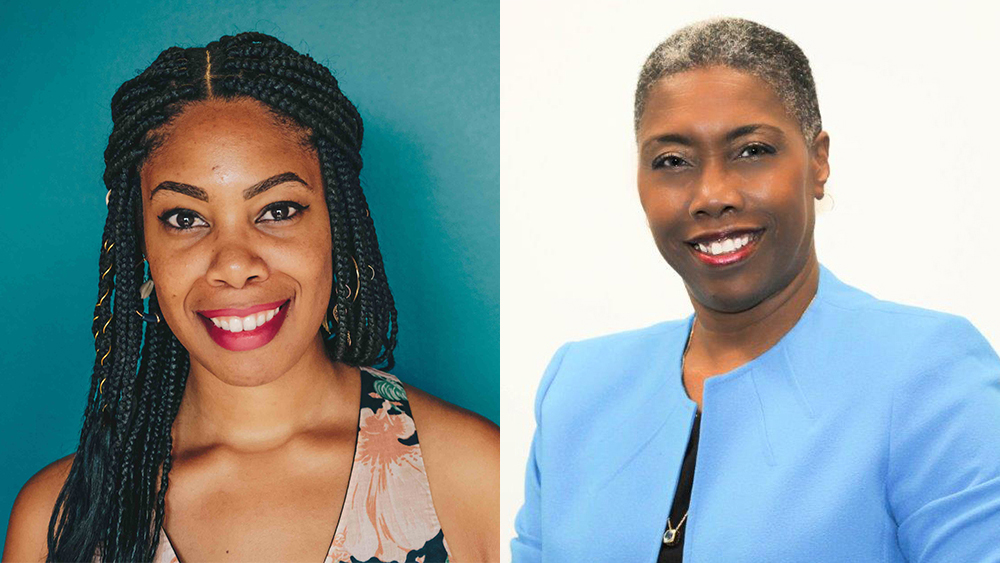This piece was submitted from a member of our enthusiastic community of readers. If you’re interested in sharing your opinion on any cultural, political or personal topic, check out our how-to post to learn more.
A credit union is a cooperative financial institution chartered by the National Credit Union Administration (NCUA) or state government and owned by its individual members. The National Credit Union Share Insurance Fund provides members of federally insured credit unions with up to $250,000 in insurance coverage.
There is no bank Black movement without credit unions. These, for the people and by the people, institutions have been financial drivers of communities and have been the first line, and in many cases the last line, of defense in protecting and empowering underserved communities with the resources and capital they need to be successful in this economy. What separates credit unions from banks are the personal relationships and their ability to go above and beyond for their field of membership in a way that traditional banks are not able to do. They are also one of the best examples of cooperative economics, an economic system that focuses on people meeting their economic, social and cultural needs through a jointly-owned enterprise.
Cooperatives and the Black experience
Cooperative Economics is an important tool in African culture and it has been one in the Black community post slavery – Jim Crow and Segregation era. As blacks were on the losing end of American capitalism, the only way to survive was to pull together. Sage Howard of Vice wrote a great piece on "How Black Co-Ops Can Fight Institutions Racism." In the article, she had a conversation with Dr. Jessica Gordon Nembhard, the author of Collective Courage: A History of African American Cooperative Economic Thought and Practice. Check it out, it’s a good read.
The history of communities pooling their time, energy and resources for the greater good is not foreign to our culture. It is the village mentality, Ujima, the third principle of Kwanzaa, that is about working collectively and responsibly to solve problems. It is also Ujamaa, the fourth principle of Kwanzaa that focuses on cooperative economics: building and maintaining our own stores, shops and other businesses to profit from them together. Another example is a susu, a form of microfinancing where people pooled their money together that could be accessed by members in fashion similar to a line of credit. I had to an opportunity to speak with two influencial women in the credit union industry a couple weeks ago.
Village Financial Cooperative
I first spoke with Me’Lea Connelly to learn more about the work she is doing in her community to bring a Black-led Credit Union to North Minneapolis. Fed up with systemic racism and capitalism, she founded #Blexit an activist group that aims to cultivate the practice of civil economic resistance. Blexit held a series of community events and out of the #InvestDivest banking strategies discussed, they decided on the creation of a Black-led financial institution that would one day become Village Financial Cooperative. Me’Lea believes that we need a better community model, Cooperative Economics, because Black capitalism is not the answer.
Unapologetically Black and unapologetically focused, she was able to take a thought and turn it into something real. She and her team brought the community on board to back the future credit union with significant pledges, and they were able to get the city on board with a sizable financial investment. To learn more about Village Financial Cooperative and to keep up with their progress, visit their website by clicking here.
African American Credit Union Coalition
I also had a chance to speak with Renee Sattiewhite, another changer maker in the credit union movement. Ms. Sattiewhite is the Executive Director of the African American Credit Union Coalition. The AACUC is a nonprofit organization comprised of African American professionals and volunteers in the credit union industry. The organization was created to “increase the strength of the global credit union community," is often thought of as the NAACP of the credit union movement.
With Renee Sattiewhite at the helm, the AACUC has been able to make a real impact because she approaches leading from a selfless place. She says “its not about me, it's bigger than me.” Ms, Sattiewhite was called back to serve because the board of directors were confident in her leadership skills and knew that if anyone was going to take the organization to greater heights, it was her. To her board and the community, she is the “possibility of people serving other people passionately.” Unencumbered by fear or self-doubt, she speaks truth to power and is excited about what the AACUC can do for the credit union movement.
Black Women Get The Job Done
If you want it done, make sure it is in the hands of a Black woman. Black women, according to the Bureau of Labor Statistics, made up 53% of the Black labor force in 2018. They have been on the front lines, leading the charge in every pivotal moment in history. Amani Bethea from the National Women Law Center said it best: “Almost all social justice movements were and are carried on the backs of Black women.”
We have great examples of inspirational Black women like Daisy Bates, who led the charge to desegregate the all-white Central High School in Little Rock Arkansas; Shirley Chisolm, the first Black congresswoman and first major party Black candidate to run for President of the United States; and Maggie Lena Walker, the first woman to establish and serve as President of a U.S. bank. All these years later, Black women are still creating change in the financial industry, especially in the credit union movement.
Visit BankBlackUSA to learn more about Black led credit unions serving the community.

